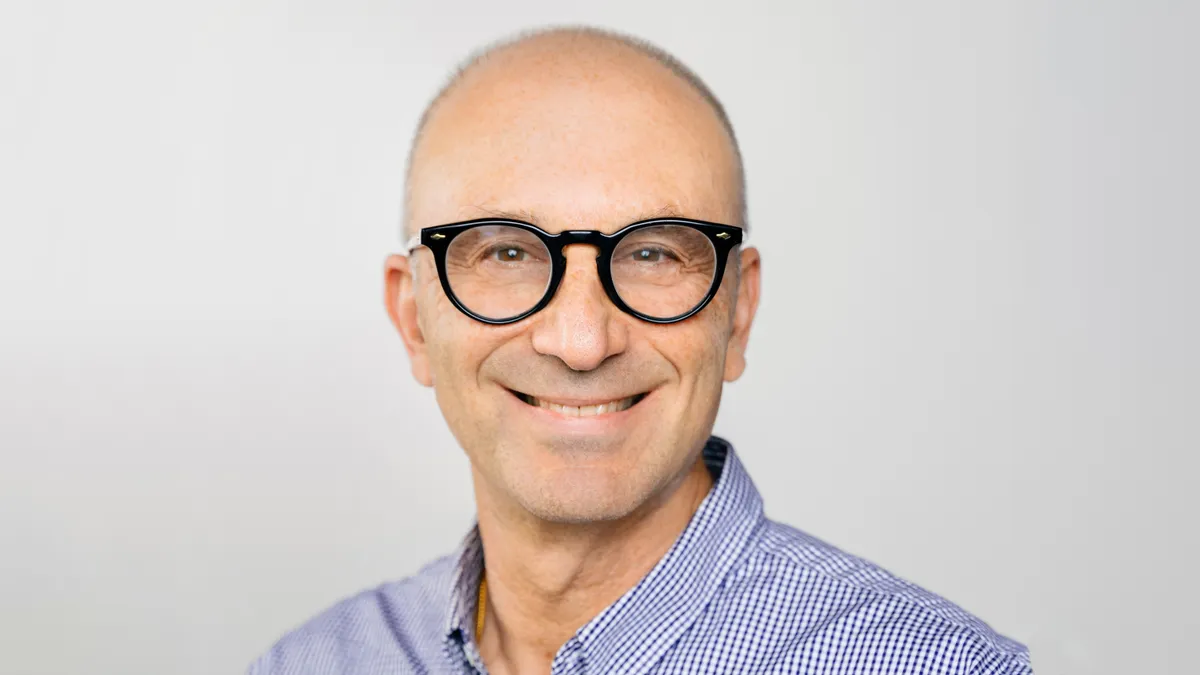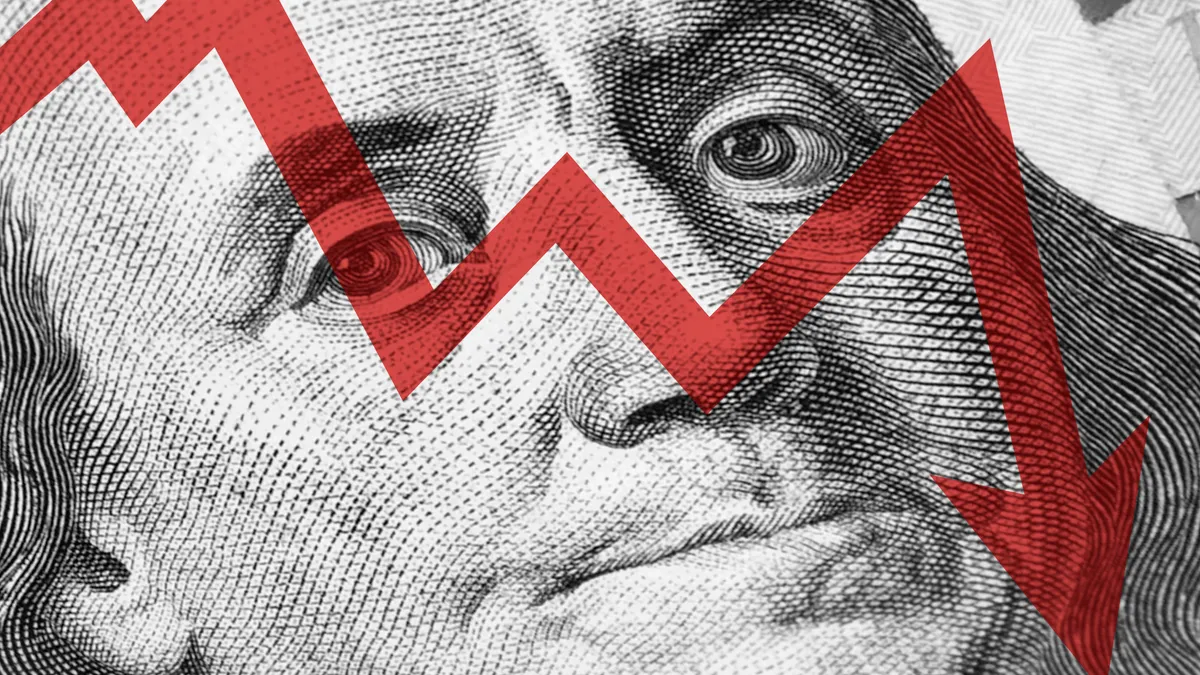Leaders in the pharma industry are finally getting comfortable with a word they used to shy away from: cure. As genomic knowledge proliferates and technology improves at an astounding clip, cures for certain diseases are no longer a pie-in-the-sky ideal, but a real possibility.
Still, even scientists at the forefront of curative drug development are careful with that definition.
“‘Cure’ is one of the most misunderstood terms in medicine,” said Jochen Salfeld, AbbVie’s vice president of virology discovery research and head of R&D cures. “What we’re trying to encourage our scientists to do is to think about what it would take to get all the way to a cure, which we define as the disease-free or infection-free state after a limited time of treatment.”
In the age of cures, gene therapies have become a booming area of one-time treatments. But they can be costly and, in some cases, a prohibitive logistical challenge. Is there another way to do it?
Salfeld, who 30 years ago led the discovery and development of the immunology powerhouse Humira, believes the hunt for cures will require a deliberate effort to think outside the box of current therapeutic areas, a liberal use of modern technologies like AI and machine learning and an investment in early science.
For instance, AbbVie’s mid-stage clinical program in HIV has curative potential, Salfeld said. And rather than the “functional cures” of long-lasting antiretroviral therapy, the pharma giant is exploring two antibodies that together could suppress the virus without needing to continue treatment.
“AbbVie was one of the pioneers in curing HCV — we have done it once, and we can do it again."

Jochen Salfeld
Head of R&D cures, AbbVie
The therapy, ABBV-1882, combines two molecules from areas that don’t often fit together in traditional pharma siloes — a virology-based treatment to suppress the disease and an oncology-based anti-PD1 inhibitor to spur the immune system into action. The company has shown early-stage results for the drug and is conducting a phase 2 trial.
“What our chief scientific officer [Dr. Roopal Thakkar] told me when I took on this job was, make sure that everybody in oncology knows what programs exist in immunology, and everybody in neuroscience knows what happens in oncology, and so on,” Salfeld said. “[So] you have this exchange of ideas across therapeutic and functional areas.”
Convergence as a tool
When Salfeld was developing Humira in the 1990s, access to information was limited by the technology of the time.
“We had to read a lot of publications, and we didn’t have laptops in those days,” Salfeld said.
Now, not only do the company’s researchers have as much computing power as they need, they’re working with a data network dubbed AbbVie’s R&D Convergence Platform, or ARCH, that ties their R&D together, Salfeld said.
“This is an amazing database that integrates all the internal data from clinical [programs], notebooks from scientists, preclinical experiments and also everything externally, and brings them together using machine learning and artificial intelligence to create actionable knowledge,” Salfeld said.
Allowing access to the company’s entire knowledge base lets ideas come from anywhere, Salfeld said. Scientists with a lightbulb moment for a therapy with curative potential have the resources they need to bring them forward — they call it the “pathway to cures.”
“We hold this innovation challenge every year in the early summer, and we call for curative intent proposals across the company, and it helps scientists say, ‘I always thought this combination of two assets or this approach could be curative,’” Salfeld said.
But approaching regulators with this line of thinking would be tricky.
“In a regulatory context we would not, at least for now, talk about cures,” Salfeld said, noting that until the science is demonstrated fully, the word is “a motivational tool.”
But at AbbVie, Salfeld has an example close at hand. He looks to the company’s hepatitis C drug Mavyret as a curative success — approved in 2019, the treatment combination showed a 98% cure rate across the patient population.
“AbbVie was one of the pioneers in curing HCV — we have done it once, and we can do it again,” Salfeld said.
The patient at the core
The search for cures, despite having a high bar for success, requires the diligence of iterative science like any other drug development program, said Salfeld, who operates out of AbbVie’s Worcester, Mass., biotherapeutics department.
Even the definition of a cure comes down to the needs of the patient, first and foremost, he said.
“What we focus on is driving science, adding advanced technologies to the toolbox to lay a strong foundation for cures to make it more likely that we can get there,” Salfeld said. “We can learn from that and build from that, and it will be an iterative process to bring these medicines to patients.”
For Salfeld and the researchers he knows and works with, potential cures are what drive them.
“The reason we have the pathway to cures initiative is to get people excited about cures, to remind them to aim high — and to go about it the right way and make data available to everybody in a way that makes sense and creates action,” Salfeld said.




















